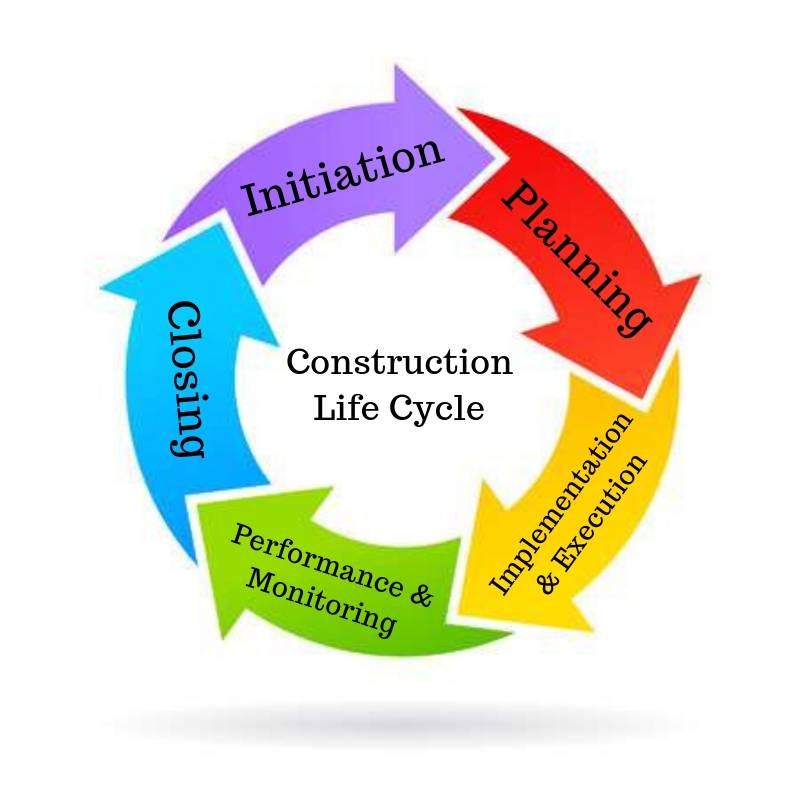As we’ve completed projects in the construction industry involving data, creating applications and recruitment, I’ve come to understand how important it is to track key performance indicators (KPIs) to ensure projects are running smoothly and efficiently.
In this article, I will share with you five essential KPIs that every construction professional should be tracking in 2023.
1. Project Profitability
One of the most critical KPIs to monitor in the construction industry is project profitability.
This metric allows you to evaluate whether a project is generating the desired profit margin or if adjustments need to be made.
By tracking project costs, including materials, labor, and overhead expenses, you can determine if you’re on track to meet your financial goals.
Monitoring Project Profitability
For example, let’s say you’re working on a commercial building project.
By regularly monitoring project profitability, you may discover that the cost of materials is higher than anticipated.
Armed with this knowledge, you can negotiate better prices with suppliers or find alternative materials to keep costs under control.
Ultimately, tracking project profitability helps you make informed decisions to maximize profits.
Regularly monitoring project profitability allows you to identify cost overruns and take corrective actions to ensure the project remains profitable.
Maximizing Profits
By tracking project profitability, you can also identify areas where you can improve efficiency and reduce costs.
For example, if you notice that labor costs are higher than expected, you can analyze the reasons behind it and implement strategies to optimize labor utilization.
This can include better workforce planning, training programs, or process improvements.
Optimizing labor utilization can significantly impact project profitability by reducing costs and increasing productivity.
2. Schedule Performance
 Another crucial KPI in the construction industry is schedule performance.
Another crucial KPI in the construction industry is schedule performance.
This metric measures how well a project adheres to its planned timeline.
It provides insights into whether tasks are being completed on time, allowing you to identify potential delays and take corrective action.
Monitoring Schedule Performance
Imagine you’re managing the construction of a residential complex.
By closely monitoring schedule performance, you may notice that the plumbing installation is taking longer than expected.
With this information, you can allocate additional resources or adjust the project plan to prevent further delays.
Staying on Track
Tracking schedule performance ensures that projects stay on track and are completed within the agreed-upon timeframe.
It allows you to identify any bottlenecks or issues that may be causing delays and address them promptly.
By tracking schedule performance, you can make informed decisions and take proactive measures to keep the project on schedule.
Preventing Delays
By monitoring schedule performance, you can identify potential delays early on and take corrective action.
This could involve reallocating resources, adjusting the project plan, or addressing any issues that may be causing the delay.
Addressing delays promptly can help prevent further setbacks and ensure that the project is completed within the planned timeline.
3. Safety Incidents
Safety should always be a top priority in the construction industry.
Tracking safety incidents is essential to ensure a safe working environment for your team.
By monitoring the number and severity of accidents, you can identify areas where improvements are needed and take proactive measures to prevent future incidents.
Identifying Areas for Improvement
For instance, if you notice an increase in falls from heights on your construction sites, you can implement additional safety training programs or provide better personal protective equipment (PPE) to your workers.
By tracking safety incidents, you demonstrate your commitment to the well-being of your employees and reduce the risk of costly legal issues.
Implementing additional safety training programs or providing better personal protective equipment (PPE) can help reduce falls from heights on construction sites.
Reducing Legal Issues
Tracking safety incidents also helps reduce the risk of costly legal issues.
By demonstrating your commitment to safety and taking proactive measures to prevent accidents, you can protect your company from potential lawsuits and fines.
Tracking safety incidents and taking proactive measures can help protect your company from potential lawsuits and fines.
4. Quality Control
Maintaining high-quality standards is crucial in the construction industry.
Tracking quality control KPIs allows you to assess whether projects meet the desired level of excellence.
By monitoring metrics such as customer satisfaction, rework rates, and defect frequency, you can identify areas that need improvement and take corrective action.
Identifying Areas for Improvement
Let’s say you’re overseeing the construction of a bridge.
By tracking quality control KPIs, you may discover that the concrete used has a higher than acceptable defect frequency.
Armed with this information, you can investigate the cause of the issue, make necessary adjustments, and ensure that future projects use higher-quality materials.
Delivering Projects that Exceed Expectations
Monitoring quality control KPIs helps you deliver projects that meet or exceed client expectations.
By consistently tracking and analyzing data, you can identify trends and patterns that may impact the quality of your work.
This allows you to proactively address any issues and make improvements to ensure the highest level of quality in your construction projects.
Did you know that tracking quality control KPIs can also help you identify areas where you can streamline processes and reduce costs? By analyzing data on rework rates and defect frequency, you can pinpoint inefficiencies and implement strategies to improve productivity and reduce waste.
Overall, quality control is a critical aspect of the construction industry.
By monitoring and tracking quality control KPIs, you can continuously improve your processes, deliver high-quality projects, and exceed client expectations.
Conclusion

Tracking these five key performance indicators – project profitability, schedule performance, safety incidents, and quality control – will help you stay on top of your construction projects in 2023.
By regularly monitoring these metrics and taking appropriate actions when necessary, you can ensure that your projects run smoothly, efficiently, and successfully.
So don’t underestimate the power of KPIs in driving your construction business forward!